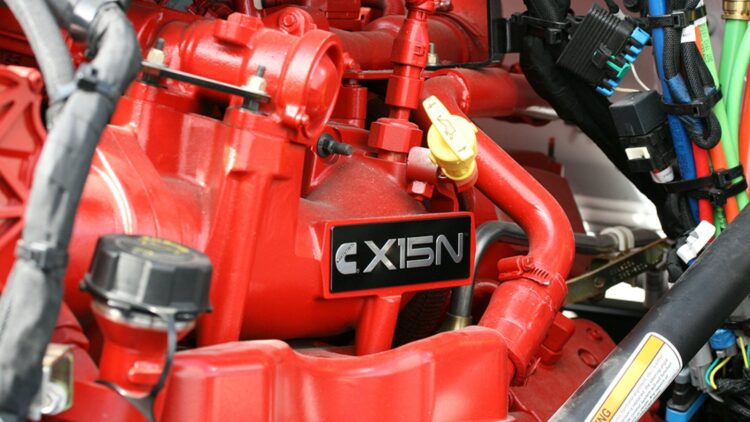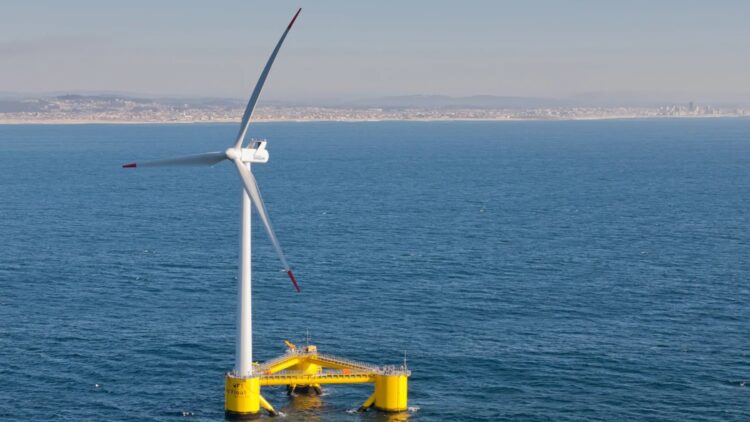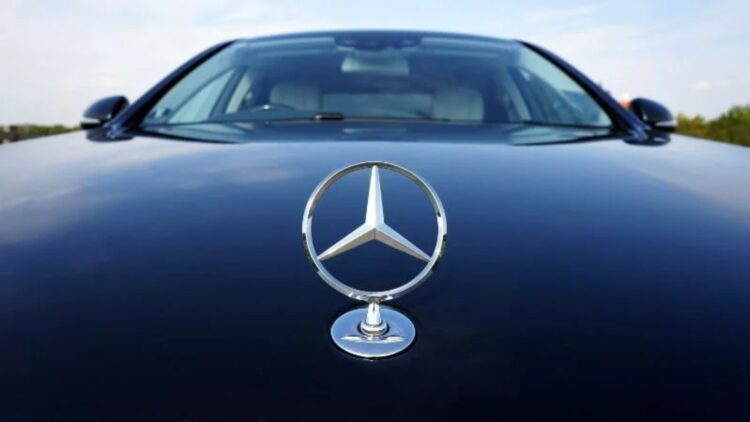It’s official – Vatican confirms that Raphael painted in oil on wall and rewrites one of the most important pages of the Renaissance
No hurricanes, no droughts – what comes now with climate change are volcanic eruptions caused by melting ice
Goodbye to Nissan – recalls more than 480,000 vehicles due to serious risk of VC-Turbo engine failure – these are the affected models
Companies are scrambling to
find clean alternatives to combustion engines, especially diesel.
And now, a U.S. company has brought back a fuel many thought was forgotten: natural gas. Ring a bell?
What’s interesting is that it’s not something new, but more of a return to the roots. In fact, it was one of the first fuels used in vehicles back in the 19th century. Now, more than 150 years later, it’s making a comeback with strong arguments,
thanks to Cummins, a California-based company that has just introduced its X15N engine.
What kind of engine are we talking about?
This 15-liter engine is already being tested by companies like Walmart and UPS. And the most interesting thing about the X15N is that it promises the same power as a diesel engine, but with a much lower environmental impact. It runs on renewable natural gas (RNG), a fuel produced from organic waste, like that from dairy farms. And here’s the most surprising part: it can achieve emissions 300% below zero. It not only pollutes less, it actually helps offset other emissions.
Back to the origins
To understand where all this comes from, you have to look back… quite a few years. In 1860, Étienne Lenoir built one of the first self-propelled vehicles… and yes, it already ran on natural gas. But soon gasoline and diesel took over, and gas was pushed aside.
Now, the need to reduce emissions is pushing us to look everywhere for alternatives, and of course, giving this fuel a second life, but with modern technology and goals far more ambitious than in the 19th century.
Familiar power, different impact
Cummins’ X15N engine doesn’t fall short when it comes to numbers: it delivers up to 500 horsepower and 1,850 lb-ft of torque, putting it on par with (or even above) many current diesel engines. But where it really shines is in sustainability. Thanks to RNG, operating costs remain low and the carbon footprint plummets.
What stands out the most is that more than 40 fleets have already placed orders for the engine, and nearly a third of them had never worked with natural gas before. This shows that the transport sector is starting to open up to cleaner alternatives, and doing so without having to completely overhaul its infrastructure, which is great news for the industry. Plus, the X15N is compatible with existing trucks, so there’s no need for extra investment.
And what about infrastructure?
One of the biggest barriers to any new fuel is its distribution. But RNG has a clear advantage: there are already between 800 and 900 fueling stations across the United States. And it’s growing: more than 100 new plants are being built to produce this type of gas.
Cummins also doesn’t plan to stop here. Their plan is to have multi-fuel engines by 2027 that can also run on hydrogen. But for now, the X15N is their main bet, and everything suggests it could be a turning point. Exciting stuff.
Looking to the past to move forward
While many are focusing on hydrogen or full electrification, this option from the 19th century isn’t bad at all, and it could end up being the one that takes the gold. Because sometimes innovation isn’t about inventing something new, but about seeing something old with new eyes. If the X15N delivers on its promise, we might be witnessing the beginning of the end for diesel, not because of a technological revolution… but because of a historical recovery.




